This dilemma has been broached a lot over time with the expedition community. Wait, there are no more expeditions, unless you are going to Mars. The term; expedition is a sham, only to induce wonderful memories of the good old days, not anything happening currently. We are reduced to being a remote travel community. Especially with an old clunker, gas gulping, chrome boat 4WD, your only hope is to do one of the following;
1. Spend a lot of money having either a replacement custom tank or add-on tank made. The older your rig is, the harder it is to find upgrade parts, including fuel holding capacity. The other thing is; is your suspension and frame up to hauling that amount of weight around?
I did this three times; once with my old V-8 powered 1949 Willys Ute Wagon, adding a second tank with a switching lever and carrying up to six, five gallon cans to a bolted on roof rack; Bahia San Quentin, Baja, June 1965:
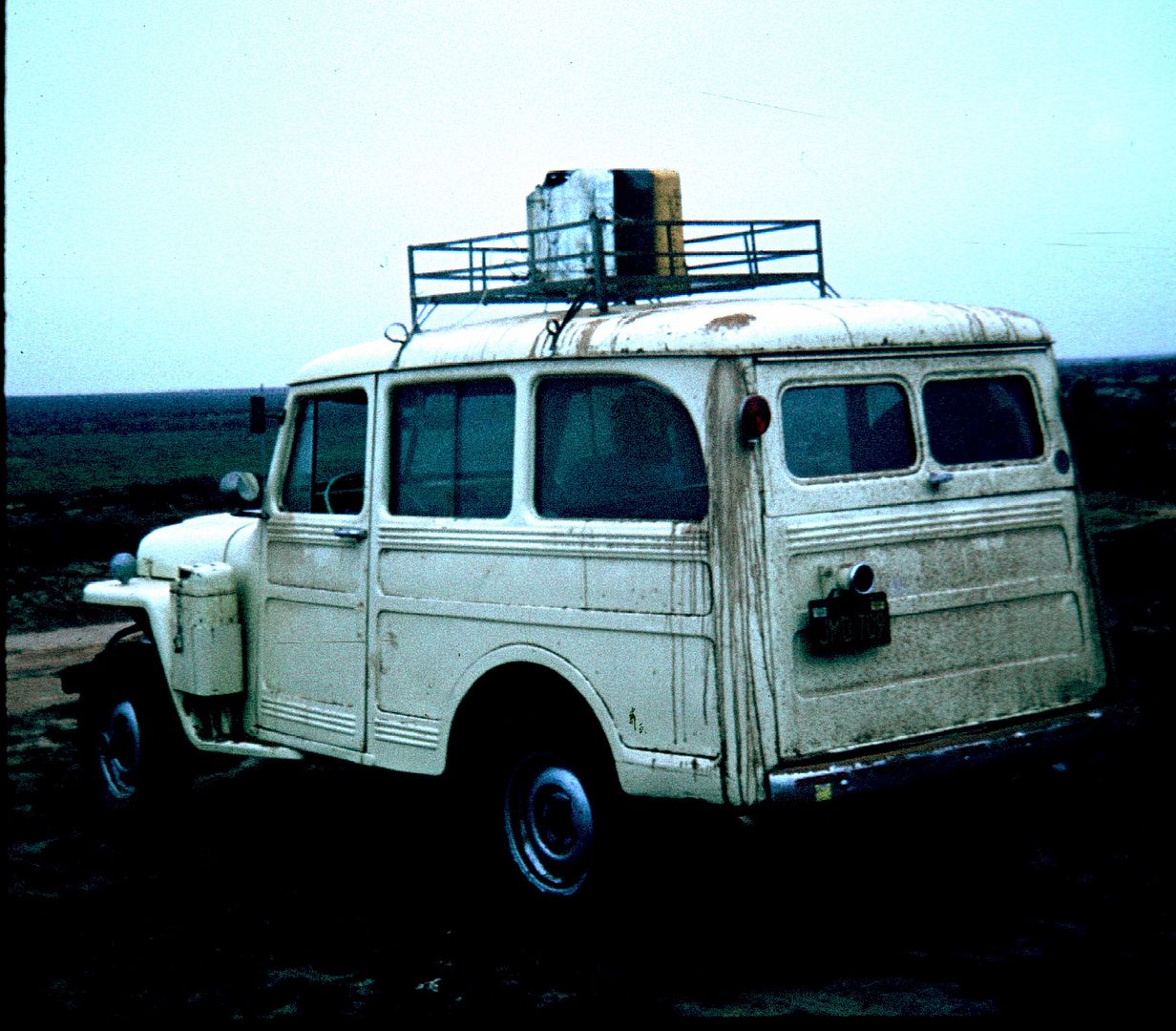
once with my 1970, V-8 powered FJ-55 replacing the factory tank with a 53 gallon tank and adding, as needed, six, five gallon cans on the roof or attached to my ConFer Toyota jeep trailer.
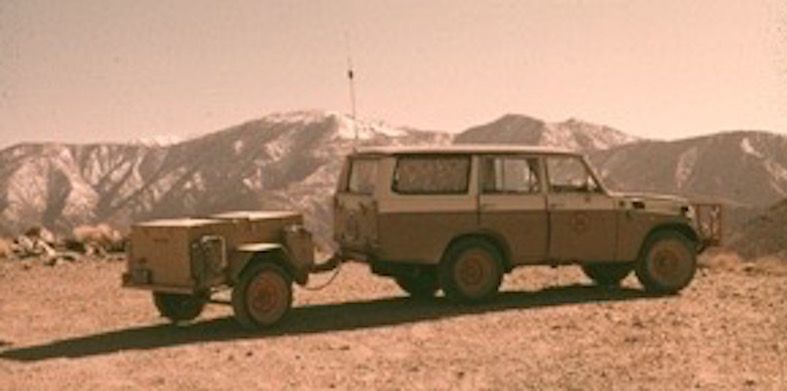
somewhere south of Puertocitos on the Sea of Cortez side of Baja:
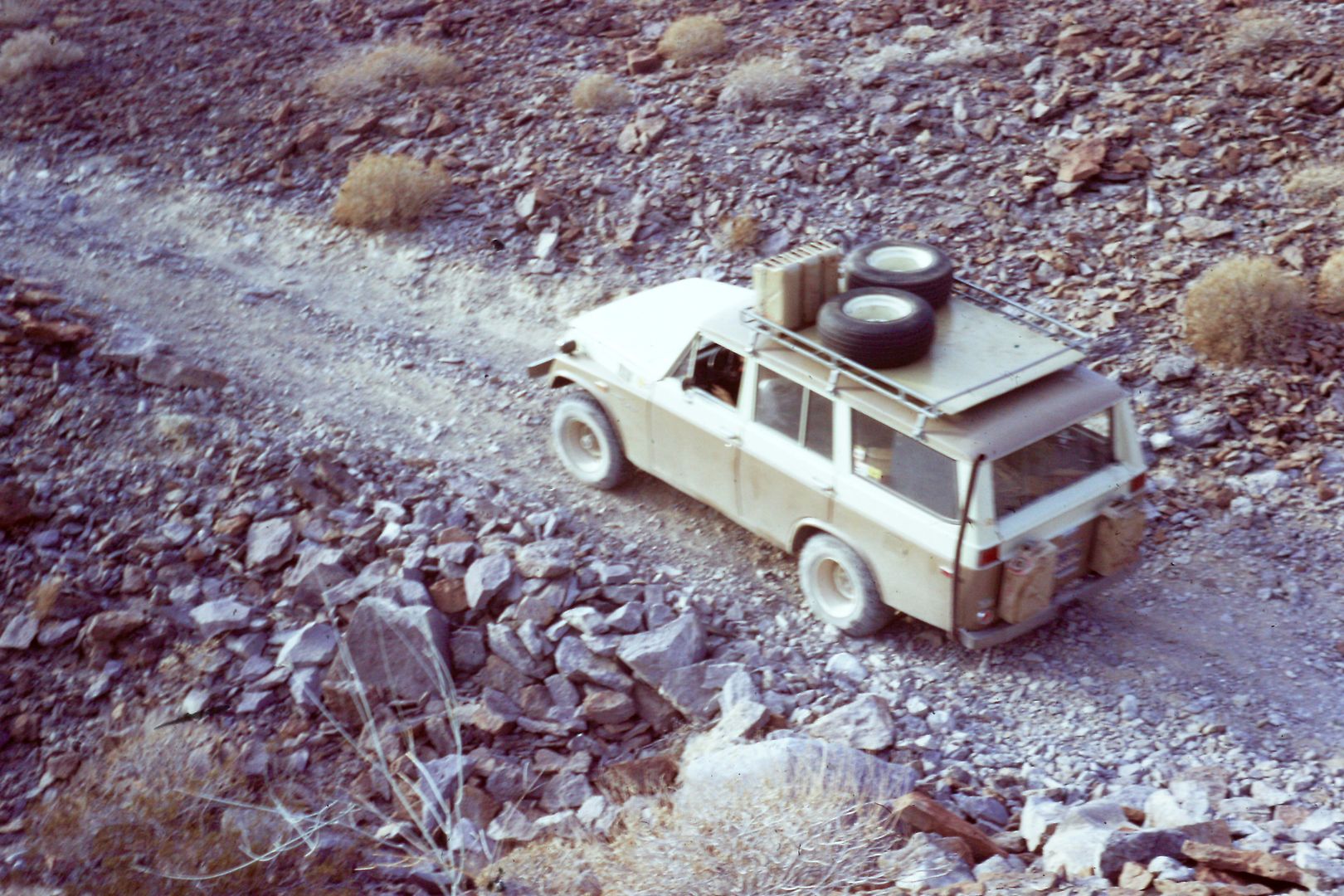
The last was a 24 gallon replacement steel with steel skid plate to my 1982 Jeep CJ-8 rock crawler. This set up really took the abuse.
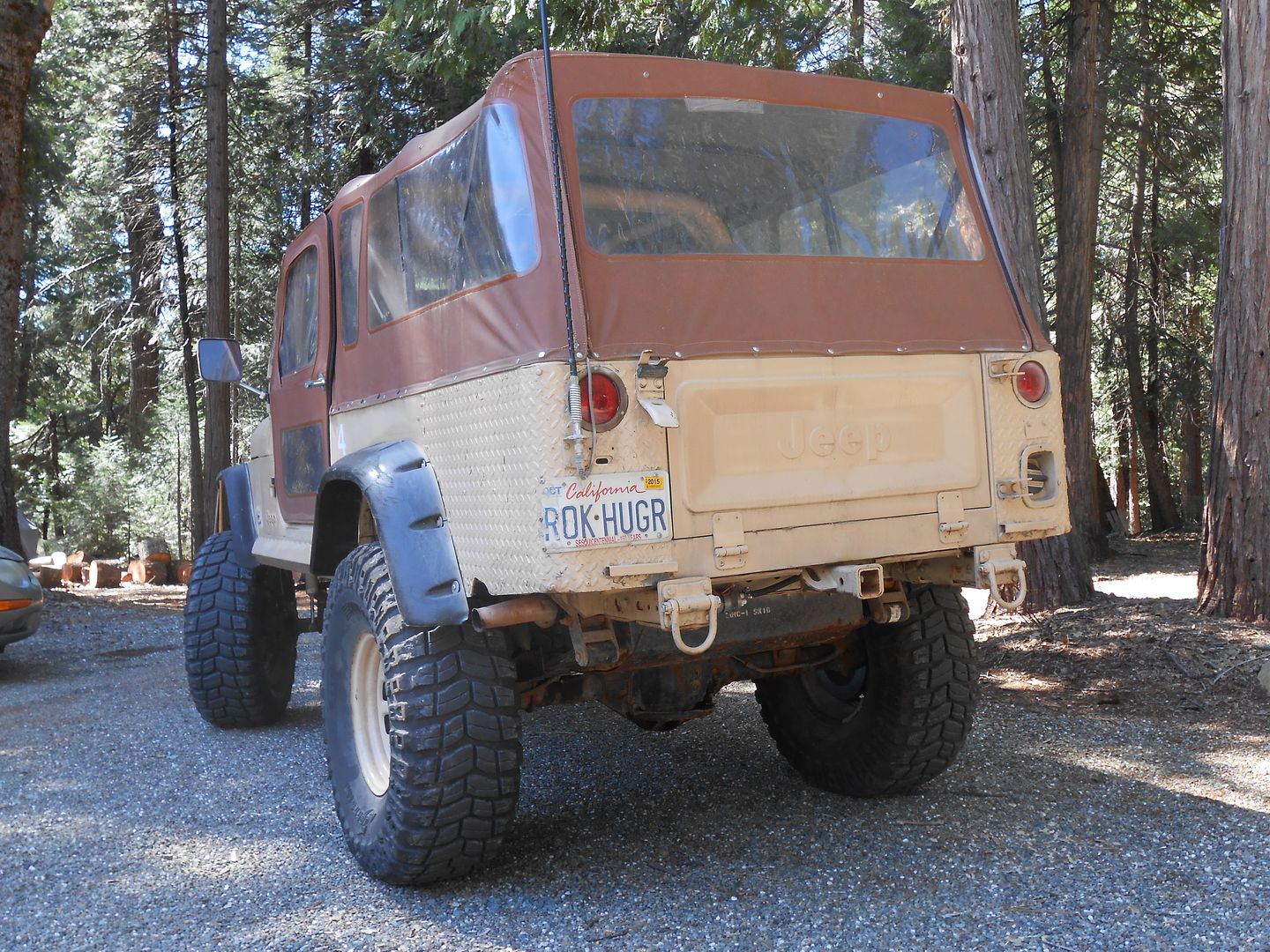
If your payload rating is not up to hauling that amount of weight, a jeep trailer is a good idea. I've owned five of them; three with pintels, a stone age attachment device that can stand the off-road rigors, and has traditionally been good enough for the Military.
2. Add two, five gallon jeep can holders to the tailgate. This is the quick and dirty way to add fuel capacity without overloading the rig.
I like your missionary zeal about your destinations and can say with vigor, "go for it". Any faulty parts or reasoning will rear their ugly heads soon enough.
Currently Jeanie and I travel in a second generation Cummins/Dodge with a 34 gallon tank and the ability to add two five gallon yellow, low profile plastic tanks on a rear rack.
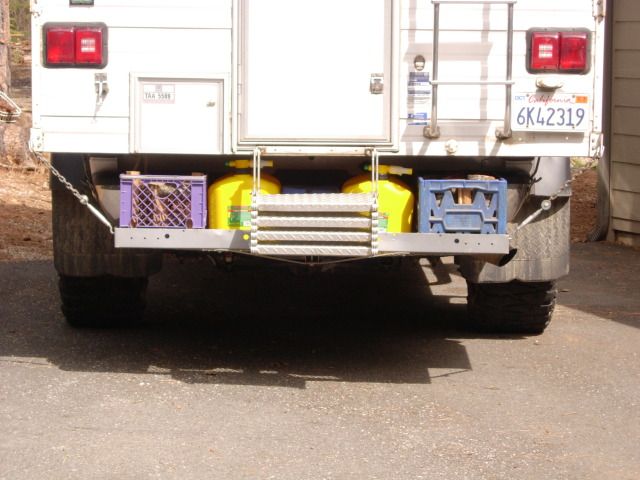
With a 2700 pound loaded Lance Camper aboard, we can get around 420 miles on the 34 gallon tank, and maybe another 100 miles with the spare cans, IF MOVING SLOWLY ENOUGH. The slower you move with a diesel, the better the mileage. A contributing factor is wind resistance with the big white box. Only once, in Death Valley, plying all the back roads with glee did I have to use any of the extra fuel.
So it's a matter of convenience having enough fuel vs. the weight penalty of having that luxury.
jefe





